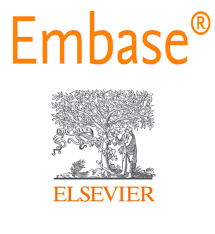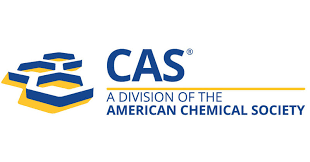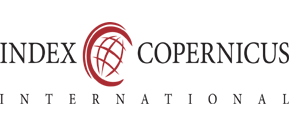Radiologic-Pathologic Concordance in the Evaluation of Pancreatic Masses: Diagnostic Utility of Contrast Enhanced CT and Histological Subtyping
Keywords:
Pancreatic masses, CECT, Radiologic-pathologic correlation, Pancreatic adenocarcinoma, Histopathology, Diagnostic accuracy, Kappa statistic.Abstract
Background: Pancreatic masses present a diagnostic challenge due to their diverse
etiology and overlapping imaging characteristics. Contrast-enhanced computed
tomography (CECT) is a widely used non-invasive imaging tool for evaluating
pancreatic lesions, but definitive diagnosis relies on histopathological confirmation.
Radiologic-pathologic concordance plays a vital role in improving diagnostic
confidence and guiding management.
Aim: To assess the diagnostic utility of CECT in evaluating pancreatic masses and
determine its concordance with histopathological subtyping.
Methods: This cross-sectional study was conducted at a tertiary care hospital in
Vadodara, Gujarat, from November 2020 to November 2021. Fifty patients with
radiologically detected pancreatic masses who underwent both CECT and
histopathological examination were included. Radiological features were interpreted
by an experienced radiologist, and histopathological diagnosis was established using
standard staining and classification protocols. Concordance, sensitivity, specificity,
and kappa statistics were calculated, using histopathology as the reference standard.
Results: CECT showed an overall radiologic-pathologic concordance of 88% with a
kappa value of 0.76, indicating substantial agreement. For diagnosing pancreatic
adenocarcinoma, CECT demonstrated a sensitivity of 91.7%, specificity of 85.7%,
and an area under the ROC curve (AUC) of 0.99. Most discordant cases were
observed in cystic or inflammatory lesions with overlapping imaging features.
Conclusion: CECT is a highly reliable imaging modality for initial evaluation and
subtyping of pancreatic masses, particularly in detecting adenocarcinoma.
Radiologic-pathologic correlation enhances diagnostic accuracy and helps streamline
clinical decision-making. Strengthening imaging protocols and integrating
histopathological validation can further improve patient outcomes in pancreatic
pathology.
.png)









